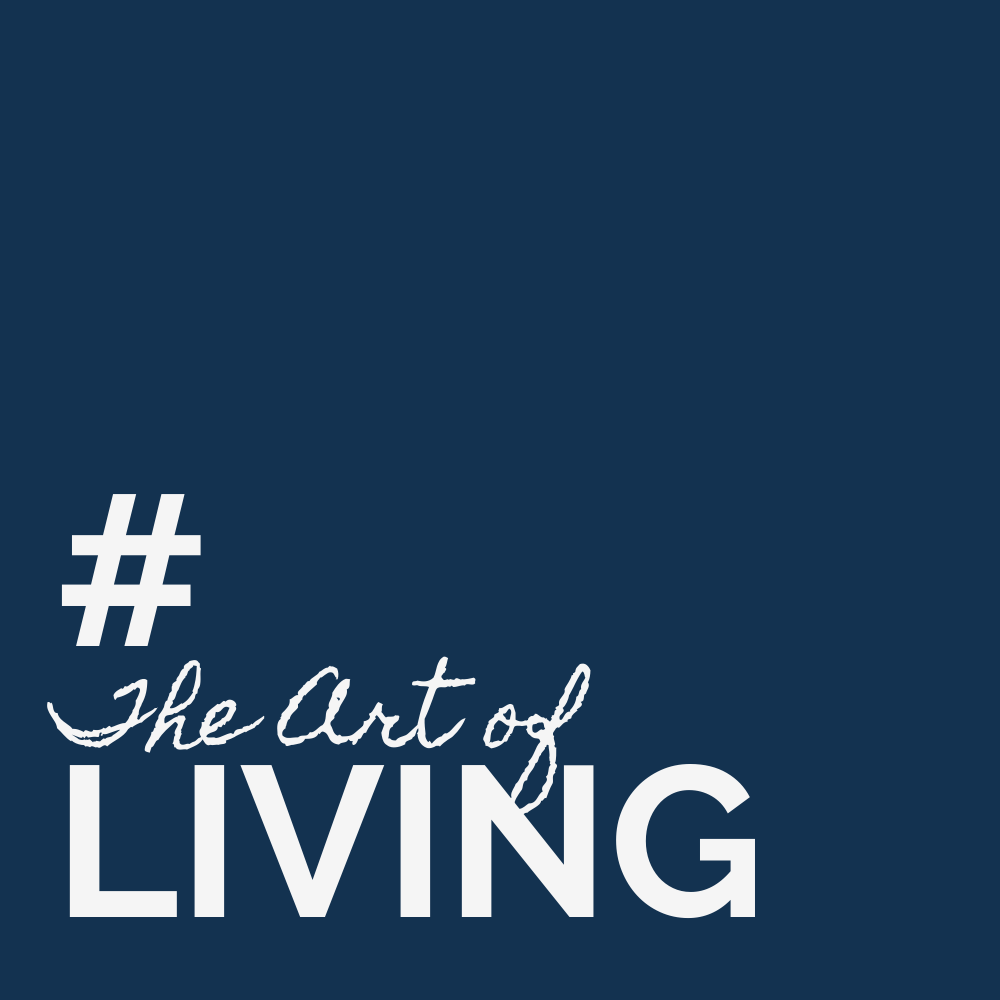Introduction
Fear-based thoughts can dominate our minds, dictating our actions and limiting our potential. These intrusive thoughts often appear as worst-case scenarios, self-doubt, or persistent worries that drain our mental energy. Learning to recognize and cope with fear-based thinking is essential for mental well-being and personal growth.
Understanding Fear-Based Thoughts
Fear-based thoughts are not simply random worries. They represent our mind’s attempt to protect us from potential harm. However, in our modern world, these protective mechanisms often misfire, creating anxiety about situations that pose no real threat to our survival.
As Debra Landwehr Engle points out in “The Only Little Prayer You Need,” these thoughts emerge from a place of fear rather than love. They’re rooted in a fundamental misunderstanding about our place in the world and our relationship with others.
The Cycle of Fear-Based Thinking
Fear-based thoughts follow a predictable pattern:
- A trigger event occurs (often something minor)
- Our mind generates a fear-based interpretation
- Physical symptoms of anxiety appear
- We react based on fear rather than reality
- This reaction reinforces the fear-based thinking
Breaking this cycle requires awareness and deliberate intervention at any point in the sequence.
Common Types of Fear-Based Thoughts
Catastrophizing
This involves immediately jumping to the worst possible outcome. A simple headache becomes a brain tumor; a missed call from a friend means they’re angry with you.
Mind Reading
We assume we know what others are thinking, usually something negative about us. “He didn’t smile at me because he doesn’t like me.”
Black and White Thinking
Seeing situations as all good or all bad with no middle ground. “If I don’t get this promotion, my career is over.”
Personalization
Taking responsibility for things outside your control. “The meeting didn’t go well because of something I said.”
The Impact of Fear-Based Thoughts
Living with persistent fear-based thoughts can:
- Create chronic stress and anxiety
- Damage relationships through misunderstandings
- Limit career and personal growth
- Reduce overall life satisfaction
- Lead to physical health problems
Practical Strategies for Coping
1. Recognize the Thought Pattern
The first step in addressing fear-based thoughts is simply recognizing them. As Engle suggests in her book, developing awareness allows you to see these thoughts as separate from yourself—merely thoughts, not facts.
Practice pausing when you feel anxious and asking: “Is this thought based on fear?”
2. Use the Simple Prayer
In “The Only Little Prayer You Need,” Debra Landwehr Engle offers a straightforward but powerful prayer: “Please heal my fear-based thoughts.”
This simple request acknowledges that fear-based thoughts come from a place of misunderstanding and opens the door to transformation. It doesn’t matter what spiritual tradition you follow—this universal request helps shift your perspective.
3. Question Your Thoughts
When fear-based thoughts arise, question them directly:
- “What evidence supports this thought?”
- “Is there another explanation?”
- “How would I advise a friend with this same thought?”
- “Will this matter in five years?”
This critical examination often reveals the irrationality behind fear-based thinking.
4. Practice Mindfulness
Mindfulness—the practice of present-moment awareness without judgment—creates space between you and your thoughts. Regular meditation, even for just a few minutes daily, strengthens your ability to observe thoughts without being controlled by them.
5. Reframe Negative Thoughts
Instead of trying to eliminate fear-based thoughts, transform them:
- “I’m going to fail” becomes “This is challenging, but I’m learning.”
- “They don’t like me” becomes “I don’t know what they’re thinking.”
- “This is a disaster” becomes “This is difficult but manageable.”
6. Create a Fear Inventory
Make a list of recurring fear-based thoughts. For each one, write:
- The specific fear
- Its origin (childhood, past experience, etc.)
- Evidence that contradicts the fear
- A more balanced perspective
Review this inventory regularly to recognize patterns in your thinking.
Developing Long-Term Resilience
Build a Support Network
Share your fears with trusted friends or a therapist. Often, simply expressing fear-based thoughts diminishes their power and provides perspective.
Practice Self-Compassion
Treat yourself with the same kindness you would show a good friend. Self-criticism only reinforces fear-based thinking.
Establish Healthy Routines
Regular exercise, adequate sleep, and proper nutrition strengthen your mental resilience against fear-based thoughts.
Celebrate Progress
Acknowledge your growth in managing fear-based thoughts. Each time you recognize and challenge these thoughts, you’re rewiring your brain for more positive thinking.
Moving from Fear to Love
As Engle emphasizes throughout her book, the ultimate goal is shifting from fear-based to love-based thinking. Love-based thoughts come from understanding our connection to others and recognizing our inherent worthiness.
When we operate from love rather than fear, we:
- See possibilities instead of problems
- Connect rather than withdraw
- Create instead of criticize
- Trust rather than doubt
Conclusion
Coping with fear-based thoughts is not about eliminating fear entirely—it’s about recognizing fear’s messages without allowing them to control your life. By implementing these strategies consistently, you can gradually transform your relationship with fear-based thinking.
Remember that this is a practice, not a perfect science. There will be setbacks along the way, but each time you recognize and question a fear-based thought, you strengthen your capacity for more balanced thinking.
As Debra Landwehr Engle writes:
“When we heal our fear-based thoughts, we transform not only our individual lives but also our collective experience. The simple prayer ‘Please heal my fear-based thoughts’ becomes a powerful catalyst for positive change in how we perceive ourselves and interact with the world around us.”
Related
Discover more from The Art of Living
Subscribe to get the latest posts sent to your email.


